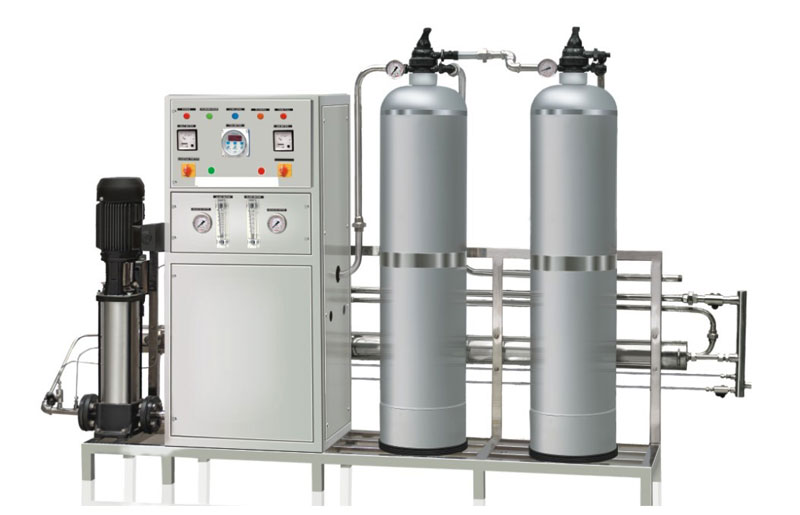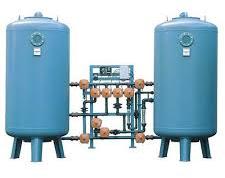- GST No. 24AAAFW7957N1ZH
- Send SMS
- Send Email
Water Treatment Plant
For more details please click on the links given below
| Business Type | Manufacturer, Exporter, Supplier, Retailer |
| Type | Water Treatment Plant |
| Application | Water Recycling |
| Color | Silver |
| Voltage | 220V |
| Power | 20-25kw |
| Driven Type | Electric |
Preferred Buyer From
| Location | Worldwide |
Application
- Drinking water application.
- Sea water desalination
- Mineral water bottling plant
- Food industries, dairy industries, wine industries
- Pharmaceuticals industries, wine industries
Reverse Osmosis Principal In Short
As surface water does not easily available now a days for drinking water, ground water available are mostly contaminated with various dissolved solids which will be harmful for our body. Reverse osmosis (RO) is a water purification technology that uses a semipermeable membrane. RO can remove many types of molecules and ions from solutions and is used in both industrial processes and in producing potable water. The result is that the solute is retained on the pressurized side of the membrane and the pure solvent is allowed to pass to the other side. To be "selective," this membrane should not allow large molecules or ions through the pores (holes), but should allow smaller components of the solution (such as the solvent) to pass freely.
In the normal osmosis process, the solvent naturally moves from an area of low solute concentration (High Water Potential), through a membrane, to an area of high solute concentration (Low Water Potential). The movement of a pure solvent is driven to reduce the free energy of the system by equalizing solute concentrations on each side of a membrane, generating osmotic pressure. Applying an external pressure to reverse the natural flow of pure solvent, thus, is reverse osmosis.
| Business Type | Manufacturer, Exporter, Supplier, Retailer |
| Weight | 100-1000kg |
| Color | Blue |
| Voltage | 220V |
| Automatic Grade | Automatic |
| Power | 1-3kw, 3-6kw |
| Driven Type | Electric, Hydraulic |
| Warranty | 1year |
| Type | Water Softening Plant |
| Application | Softening Plant |
Preferred Buyer From
| Location | Worldwide |
Application
- Softening of utility water in homes, hotels, resorts
- Softening of boiler feed water
- Softening of industrial water
Water softening: Why & How?
The presence of certain metal ions like Calcium and Magnesium in water causes a variety of problems. These ions interfere with the action of soaps. They also lead to build up of limescale, which can foul plumbing, and promote galvanic corrosion, fail hot water system. Hard water are also making problems with skin and hair.
Water softening is the removal of calcium, magnesium, and certain other metal cations in hard water. The resulting soft water is more compatible with soap and extends the lifetime of plumbing.
Water softening is usually achieved using ion-exchange resins. Ion exchange resins are organic polymers containing anionic functional groups to which the dications (Ca++) bind more strongly than monocations (Na+). When all the available Na+ ions have been replaced with calcium or magnesium ions, the resin must be re-charged by eluting the Ca2+ and Mg2+ ions using a solution of sodium chloride or sodium hydroxide depending on the type of resin used.


